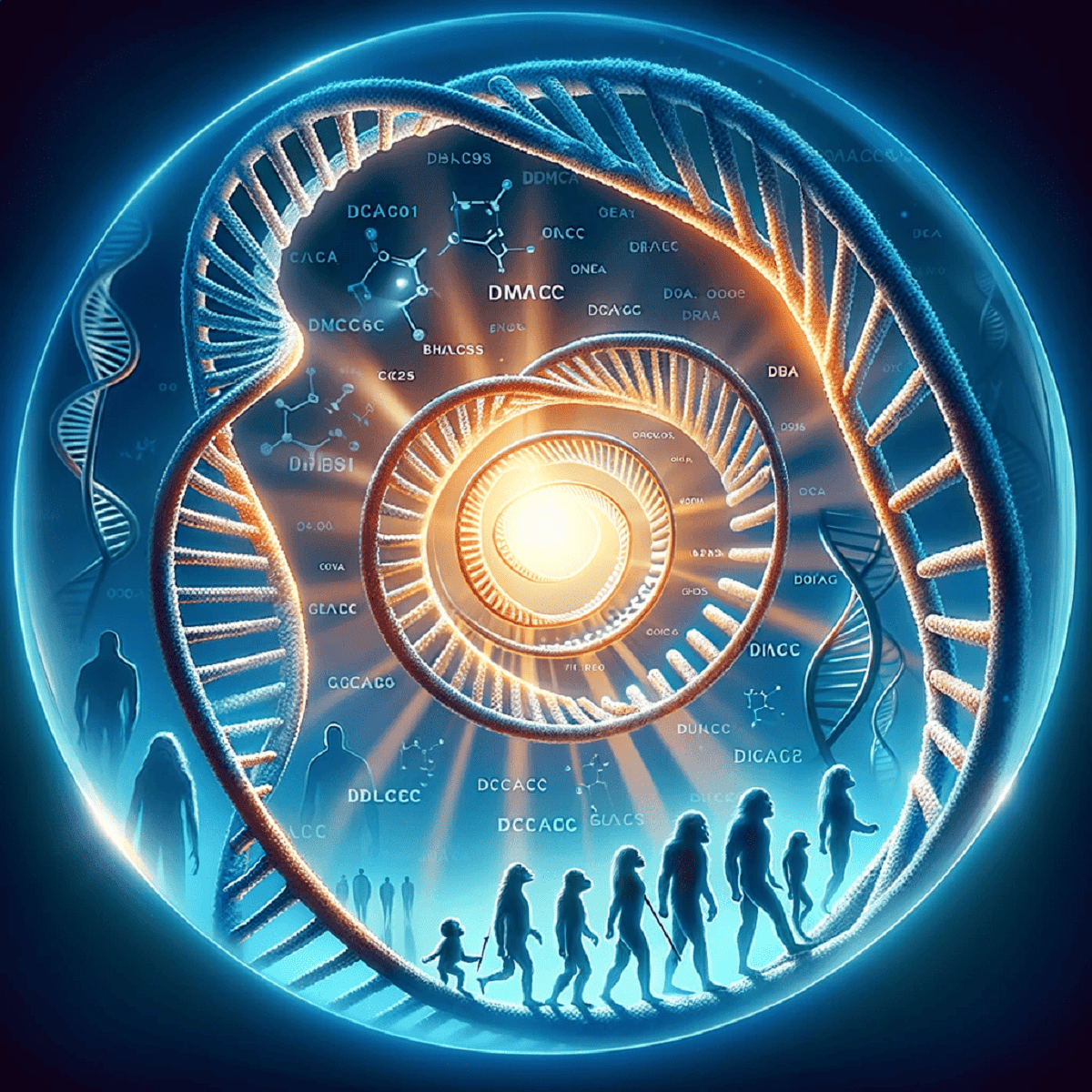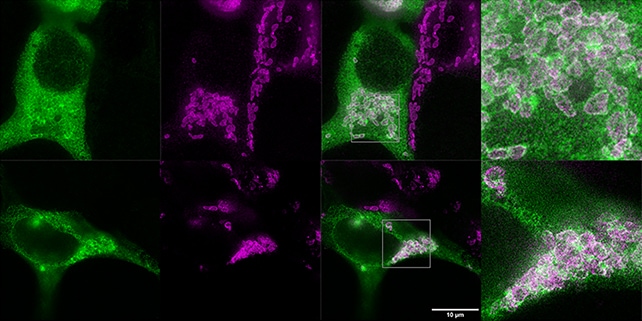
We call ourselves humans — Homo sapiens. But billions of people carry in them the DNA of other species or subspecies. Our ancestors intertwined with Neanderthals, Denisovans, and quite possibly other hominins we haven’t discovered yet. The implications of this interbreeding are not fully understood. For instance, reserchers have now found that interbreeding with Denisovans may have left us predisposed to mental health conditions such as depression or anxiety.
Hooking up with other species
When early humans left Africa some 60,000 years ago, they encountered various populations as they migrated. In Europe and some parts of Asia, they encountered the Neanderthals. In the deeper parts of Asia, they encountered Denisovans.
Denisovans are an extinct group of hominins, closely related to both modern humans and Neanderthals. Scientists haven’t found that many Denisovan fossils, but they know humans and Denisovans crossed paths because we carry a genetic legacy — some of the Denisovan DNA is still around in modern humans. This indicates that humans and Denisovans not only met, but they interbred.
In the new study, researchers zoomed in on one particular bit of genetic heritage. They found a variant of a gene called SLC30A9. The gene passed from Denisovans and is involved in cellular metabolism and zinc regulation.
“Through genomic analysis, we noted that the genetic variant observed came from our interbreeding with archaic humans in the past, possibly the Denisovans,” says Ana Roca-Umbert, co-first author of the study. The team has ruled out Neanderthal heritage, since these populations do not have this mutation.
“Apparently, the change was beneficial and proved a selective advantage for humans. As a consequence, this variation in the SLC30A9 gene was selected and has reached current populations,” adds Jorge Garcia-Calleja, co-first author of the study.

The researchers aren’t certain why this variant became so common, although they do suspect it helped in dealing with the cold. But now, the team has found an unwanted side effect of this genetic legacy: it leaves people more predisposed to some mental health problems.
“We propose that adaptation to cold may have driven this selection event, while also impacting predisposition to neuropsychiatric disorders in modern humans,” the study explains.
Zinc and the mind
Zinc plays a vital role in numerous biological processes and has been linked to mental health in several ways. It is involved in the function of neurotransmitters — chemical messengers that transmit signals in the brain. It plays a role in the modulation of brain activity, which can influence mood and behavior. Zinc deficiency has also been observed in individuals with mental health disorders such as depression or anxiety.
The SLC30A9 variation has also previously been linked to a greater risk of depression and other mental disorders. This fits with the gene being involved in zinc regulation. So in other words, it seems that some of the genetics we inherited from the Denisovans left us more predisposed to some mental health conditions.
It gets even more interesting. This is the most widespread Denisovan genetic heritage discovered to date. It resulted in Asia and then spread to European and Native American populations.
“For example, a variant in the EPAS1 gene inherited from the Denisovans allows adapting to life at altitude, but is found only in Tibetans. However, in our case, the impact extends to all populations outside Africa,” says co-author Elena Bosch, principal investigator at the Institute of Evolutionary Biology, co-author of the article.
Now, researchers want to study this gene variant in more detail and see how exactly it is linked to mental health and in the future, possibly even derive better treatments.
The study was published in PLoS Genetics.






